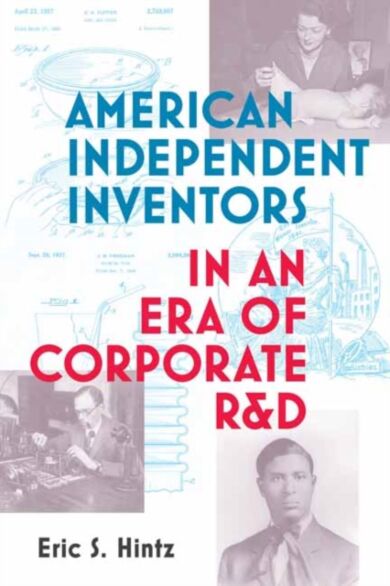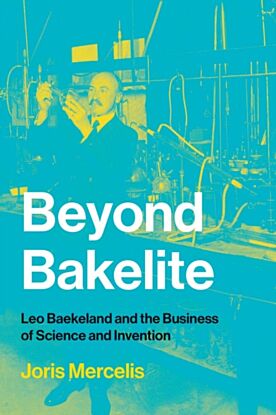American Independent Inventors in an Era of Corporate R&D
Lemelson Center Studies in Invention and Innovatio
- Format: Pocket
- Antall sider: 336
- Språk: Engelsk
- Forlag/Utgiver: SD Books
- Serienavn: Lemelson Center Studies in Invention and Innovatio
- EAN: 9780262542586
- Utgivelsesår: 2021
- Bidragsyter: Hintz, Eric S.
749,-
How America''s individual inventors persisted alongside corporate R&D labs as an important source of inventions.
During the nineteenth century, heroic individual inventors such as Thomas Edison and Alexander Graham Bell created entirely new industries while achieving widespread fame. However, by 1927, a New York Times editorial suggested that teams of corporate scientists at General Electric, AT&T, and DuPont had replaced the solitary "garret inventor" as the wellspring of invention. But these inventors never disappeared. In this book, Eric Hintz argues that lesser-known inventors such as Chester Carlson (Xerox photocopier), Samuel Ruben (Duracell batteries), and Earl Tupper (Tupperware) continued to develop important technologies throughout the twentieth century. Moreover, Hintz explains how independent inventors gradually fell from public view as corporate brands increasingly became associated with high-tech innovation.
Focusing on the years from 1890 to
During the nineteenth century, heroic individual inventors such as Thomas Edison and Alexander Graham Bell created entirely new industries while achieving widespread fame. However, by 1927, a New York Times editorial suggested that teams of corporate scientists at General Electric, AT&T, and DuPont had replaced the solitary "garret inventor" as the wellspring of invention. But these inventors never disappeared. In this book, Eric Hintz argues that lesser-known inventors such as Chester Carlson (Xerox photocopier), Samuel Ruben (Duracell batteries), and Earl Tupper (Tupperware) continued to develop important technologies throughout the twentieth century. Moreover, Hintz explains how independent inventors gradually fell from public view as corporate brands increasingly became associated with high-tech innovation.
Focusing on the years from 1890 to



